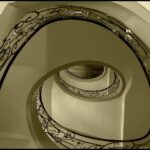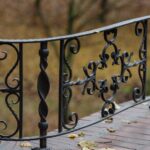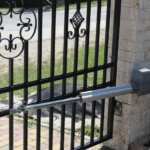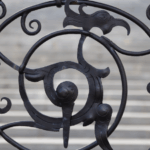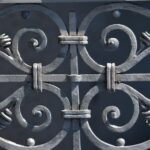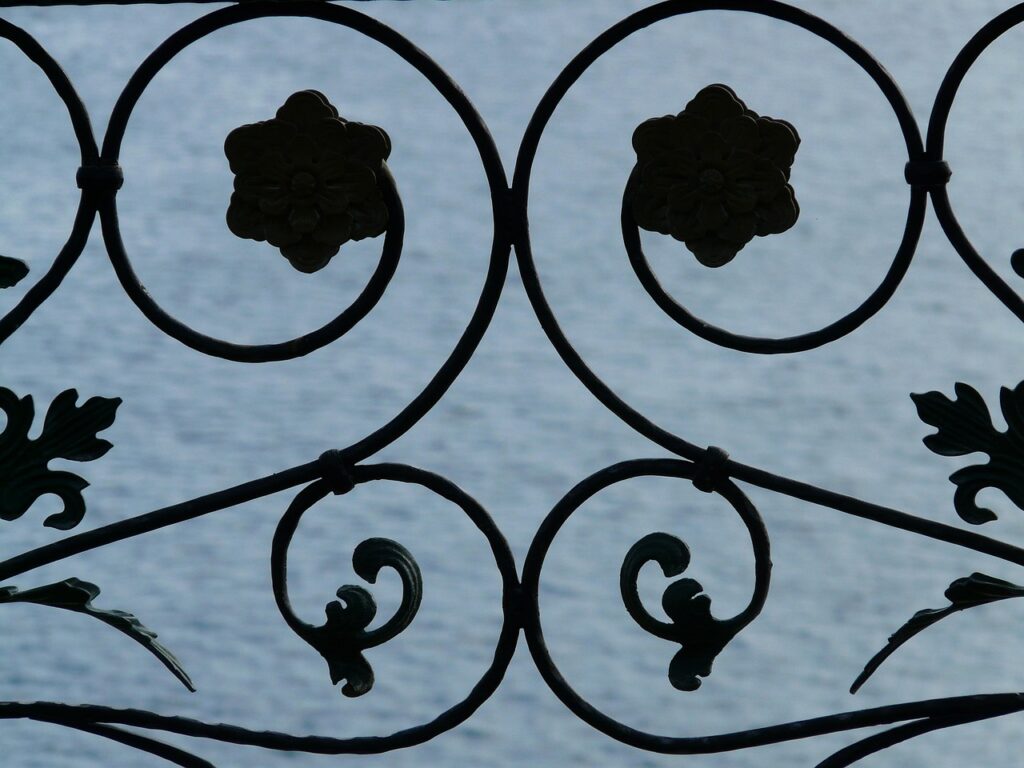
Your home’s exterior creates the first impression for visitors, neighbors, and potential buyers who pass by your property daily. Wrought iron fencing Toronto installations provide timeless elegance that enhances curb appeal while offering practical benefits that make this investment worthwhile for decades. Understanding how different fencing materials compare helps you make decisions that balance beauty, function, and long-term value for your specific property needs.
Understanding Wrought Iron’s Unique Properties
Traditional wrought iron gets its name from the forging process where craftsmen literally “work” the heated metal into desired shapes and patterns. Wrought iron fencing Toronto specialists explain that true wrought iron contains very low carbon content, which makes it more malleable and resistant to corrosion than regular steel alternatives. This unique composition allows for intricate decorative elements that would be difficult or impossible to achieve with other metal fencing materials.
The manufacturing process creates a material that develops character over time rather than simply deteriorating like many modern alternatives do. When properly maintained, wrought iron actually becomes more beautiful as it ages, developing a rich patina that adds depth and visual interest to the fence structure. This aging process represents one of the key differences between wrought iron and mass-produced steel fencing that simply rusts and weakens over time.
Design Versatility for Every Architectural Style
Classic Victorian homes benefit tremendously from ornate wrought iron designs that complement the period’s decorative architectural details and sophisticated craftsmanship. Intricate scrollwork, decorative finials, and custom gate hardware create cohesive design themes that tie the fencing into the home’s overall aesthetic approach. These elaborate designs showcase the material’s ability to achieve complex curves and detailed patterns that other fencing materials simply cannot match.
Modern contemporary homes find that simpler wrought iron designs provide elegant contrast without overwhelming clean architectural lines and minimalist design principles. Straight pickets with subtle decorative elements or geometric patterns create sophisticated boundaries that enhance rather than distract from modern home designs. This versatility demonstrates how skilled designers can adapt wrought iron’s inherent beauty to complement virtually any architectural style successfully.
Traditional colonial and craftsman-style homes work particularly well with wrought iron designs that emphasize strength and durability over ornate decoration. These designs often feature substantial posts, sturdy horizontal rails, and practical gate hardware that reflects the honest, functional aesthetic these architectural styles represent. The result creates fencing that looks purposeful and well-integrated with the home’s overall design philosophy.
Practical Benefits Beyond Aesthetic Appeal
Security advantages of wrought iron fencing extend far beyond its impressive visual deterrent effect on potential intruders or unwanted visitors. The material’s inherent strength makes it extremely difficult to cut, bend, or break without specialized tools and considerable effort. Unlike wood fencing that can be easily damaged or chain link that can be cut quickly, wrought iron presents formidable barriers that discourage casual trespassing while maintaining attractive appearances.
Property value increases often justify the initial investment in quality wrought iron fencing through measurable improvements in home appraisal values. Real estate professionals consistently report that well-designed wrought iron installations add more value than their installation cost, making them smart financial investments beyond their practical and aesthetic benefits. This added value becomes particularly important when homeowners decide to sell their properties in competitive markets.
Maintenance requirements for properly installed wrought iron fencing remain surprisingly manageable when compared to wood alternatives that require regular staining, sealing, and replacement of damaged sections. Annual cleaning and periodic touch-up painting represent the primary maintenance activities needed to preserve optimal appearance and performance. This reduced maintenance burden saves both time and money while ensuring the fence continues looking attractive throughout its extended service life.
Installation Considerations for Toronto Climate
Weather resistance becomes particularly important in Toronto’s climate where temperature extremes and moisture variations can quickly damage inferior fencing materials. Wrought iron’s dense structure and protective coating systems handle freeze-thaw cycles without the cracking, warping, or loosening that affects wood and composite materials. Professional installation includes proper drainage and foundation work that prevents frost heaving and structural movement during seasonal temperature changes.
Seasonal maintenance timing allows homeowners to address minor issues before they become major problems that require expensive repairs or replacements. Spring inspections identify any winter damage, while fall preparation ensures protective coatings remain intact throughout harsh winter conditions. Understanding these seasonal requirements helps homeowners maintain their investment properly while preventing costly problems that result from neglect or improper care.
Customization Options and Design Process
Professional design consultation helps homeowners explore options that complement their specific architectural style, landscape design, and functional requirements effectively. Experienced designers understand how different heights, picket spacing, and decorative elements affect both appearance and function in various applications. This expertise prevents costly mistakes while ensuring the final installation meets all aesthetic and practical objectives successfully.
Gate design and hardware selection require careful consideration of daily usage patterns, security needs, and aesthetic preferences that affect long-term satisfaction. Heavy-duty hinges, secure locking mechanisms, and proper gate proportions ensure smooth operation and reliable security throughout the fence’s service life. These details often separate professional installations from amateur attempts that look good initially but develop problems over time.
Investment Considerations and Long-term Value
Cost comparison analysis reveals that wrought iron fencing often provides better long-term value than initially apparent when calculated over the fence’s expected lifespan. While initial installation costs exceed those of wood or chain link alternatives, the extended service life and minimal maintenance requirements often result in lower total ownership costs. Smart homeowners calculate these long-term expenses rather than focusing solely on initial price comparisons that can be misleading.
Financing options and project timing can help homeowners manage the investment while taking advantage of seasonal pricing and contractor availability. Many professional installers offer flexible payment terms that spread costs over manageable periods while ensuring quality workmanship throughout the project. Summer installation schedules often provide optimal weather conditions and contractor availability that result in better project outcomes and completion schedules.
